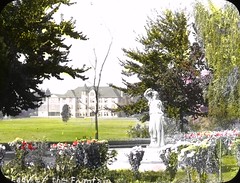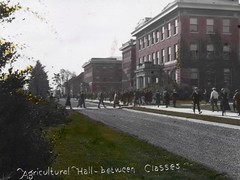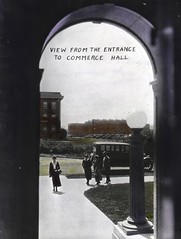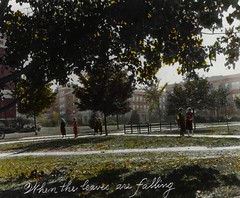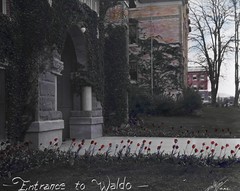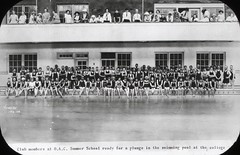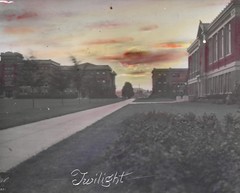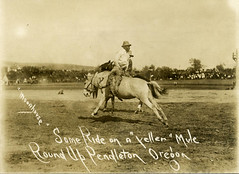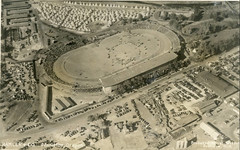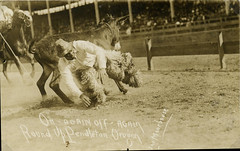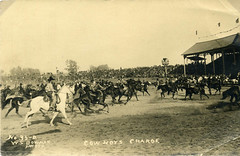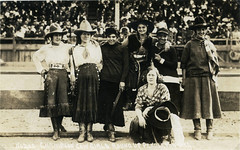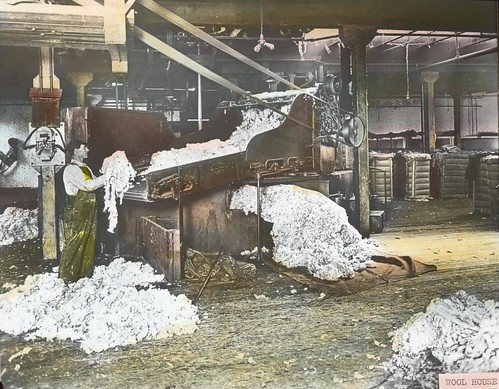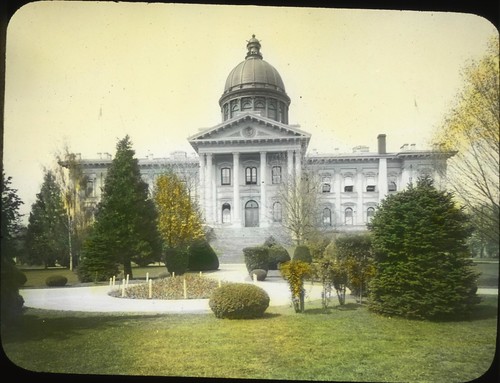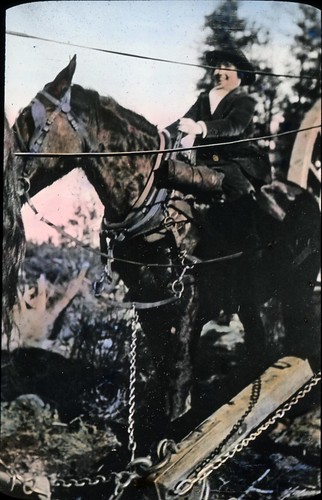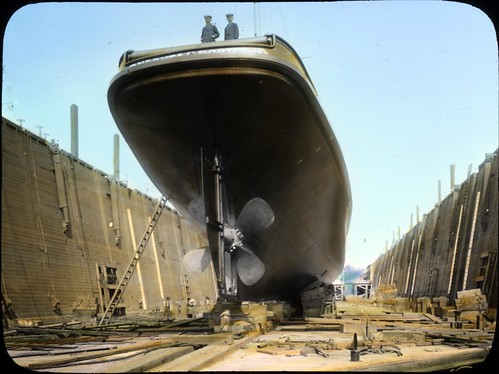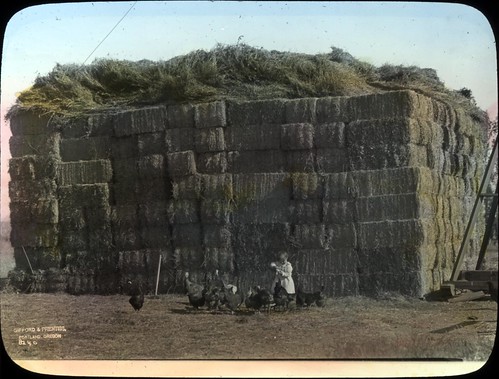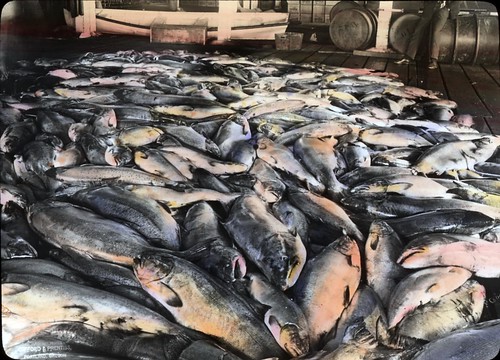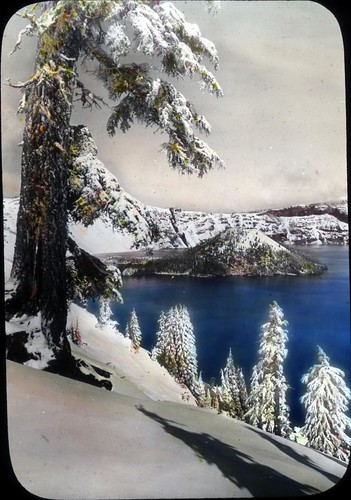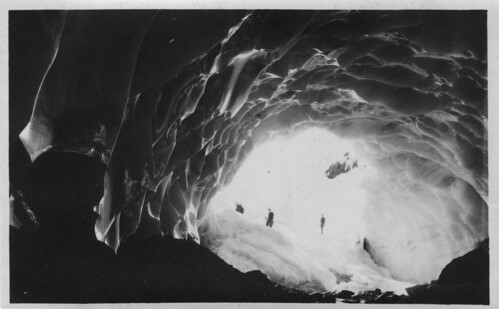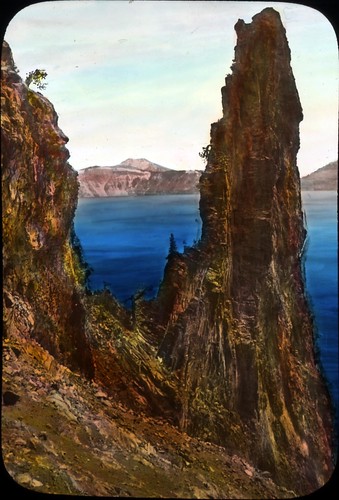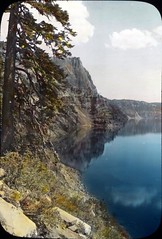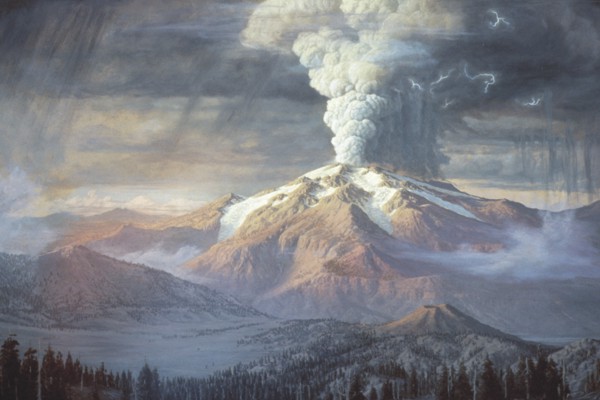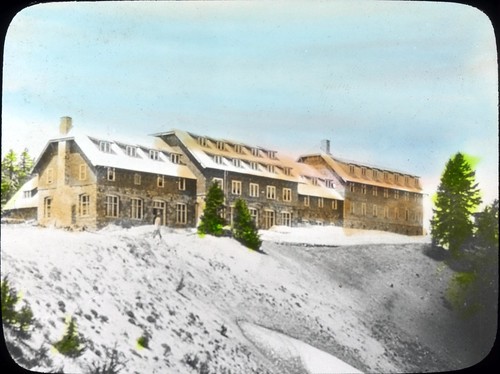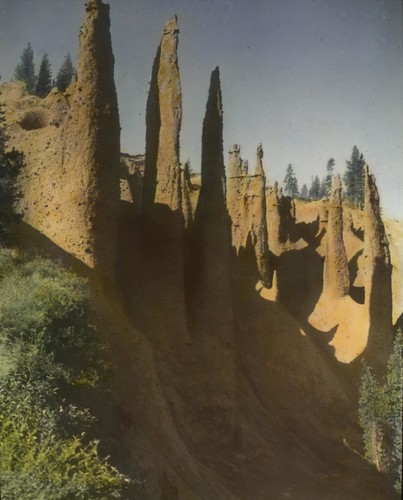As promised yesterday, here’s is part two of the “cool things about Fred Kiser” post!
In 1907, a Kiser Exhibition opened at the Portland Hotel, attracting what was described as “an Admiring Crowd.” Again, I reach for the book Oregon Photographers: Biographical History and Directory.
“In many ways the finest art collection ever on exhibition in Portland is to be seen in the parlors of the Portland Hotel. The pictures are the results of eight years work by F. H. Kiser, one of the best scenic photographic artists in this country, and cost to produce over $40,000. On the walls of the two rooms are hung 200 exquisitely colored scenes of Oregon scenery, while on the tables are over 800 additional views.”
After the exhibit in Portland, the collection traveled to Oregon’s coastal towns and then headed to the east coast on a “Mission of Education.” And what an exhibit it was! Mayor Lane, in his introductory remarks said this:
Ladies and gentleman, I have been called upon to be present at the opening of the Kiser exhibit, a collection of photographs of the mountain scenery of the State of Oregon. It is a pleasure and an honor; we owe as a master of justice, many words of thanks to the gentleman who has risked his life and been to great expense and trouble to produce such an elegant collection of views as we see here today; and he has many more which are not an exhibition at this time.” He goes on to say that “In his efforts as an artist, Mr. Kiser has become, as a matter of fact, a public benefactor to the state. His work will live after him, and will bring great good to the state; for an exhibit of this kind cannot be made in the Eastern States.”
Finally, and I think this is the best part, he reports that “People in the East do not comprehend that such scenery as this exists; they would not believe it if we tried to describe it to them by word of mouth; if we made oath to it they would still doubt. They might even dispute the work of the painter, saying that it was the product of his imagination. But these cold facts as they are presented by the camera, a scientific and accurate instrument, is astonishing to those who are unacquainted with Oregon. Such an exhibit throughout the East will be of great advantage to the state; it will bring us tourists, hundreds and thousands of people who travel all over the world in the Summer season, many of them visiting places that have no such scenery as we have here.” Believe it — Oregon really is that beautiful!
You can read the entire article on Kiser on the genealogy.com forum page.
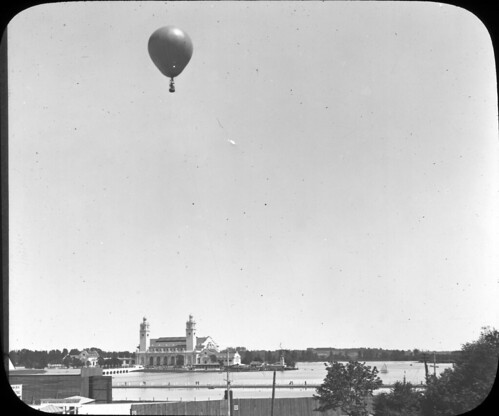
Lest you think that you’ll get away from this post without a random Flickr Commons connection, here it is: Kiser was also the official photographer for the 1905 Lewis and Clark Expo! Check out our Commons set to see some great images.
And, in a special release to celebrate Kiser’s Mazamas membership, we’ll be launching a new set tomorrow into our Commons account! 17 brand new images will be added to the Williams Collection. Here’s your sneak peak…
